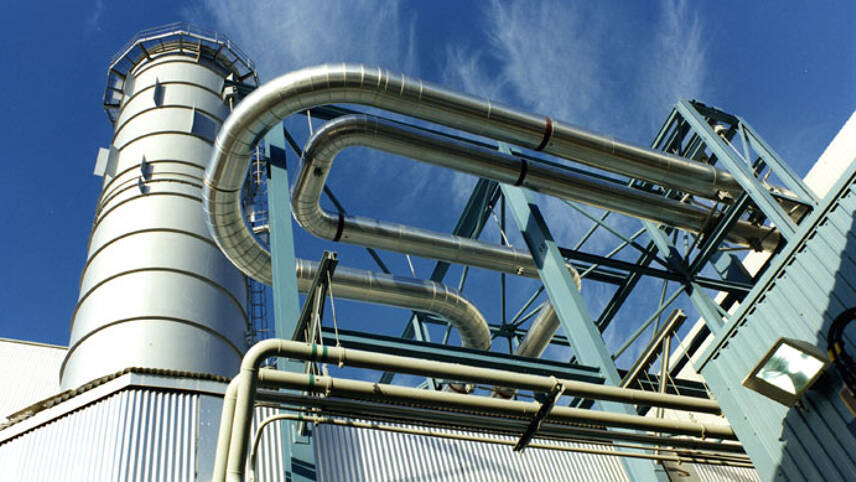Member only content free until 26/05/2024
To continue reading this article and enjoying free access to all Utility Week’s content up to the 26/05/2024 Register today!
Ready to become a member?

The district heating industry has thrown its weight behind a scheme designed to protect heat customers in the UK.
Heat Trust is voluntary and is aimed at suppliers who sell heat energy directly to heat customers in domestic and micro-business properties and expects to provide protection to more than 20,000 customers in its first year.
The scheme is expected to launch later this year, following two years of industry, Government and consumer group collaboration.
Heat networks create local monopolies, as with electricity and gas distribution, but are not currently regulated in the same way.
The level of protection given under the scheme seeks to mirror that of gas and electricity customers and proposals contain assessment criteria evaluating the level of protection a supplier’s ‘heat supply agreement’ provides to customers, alongside independent adjudication.
The Association for Decentralised Energy (ADE) has been greatly supportive of the initiative. The association’s director Tim Rotheray said: “As the role of district heating continues to grow in the UK, Heat Trust will be a vital tool to give peace of mind to heat customers.
“Consumers protected by the scheme will be afforded a new level of confidence in the quality of service they can expect and a free and independent arbitration service to rely on should there be a problem.
“This scheme shows an industry that takes the initiative and works to ensure that it is able to deliver for consumers. We welcome the creation of Heat Trust and its ambitions to expand to cover more of this growing sector over time.”
Earlier this month, ADE appealed to the next government to establish a new district heating policy to unlock a potential £1.6 billion worth of investment.
District heating uses a network of insulated pipes to deliver heat from a point of generation to an end-user, providing the means to transport heat efficiently.
Heat networks can be supplied with heat from a range of sources including power stations, waste-to-energy facilities, biomass boilers and combined heat and power (CHP) plants.
According to figures from the Department of Energy and Climate Change (Decc), around 2000 heat networks serve approximately 10,000 dwellings and 1700 commercial and public buildings across the UK.




Please login or Register to leave a comment.